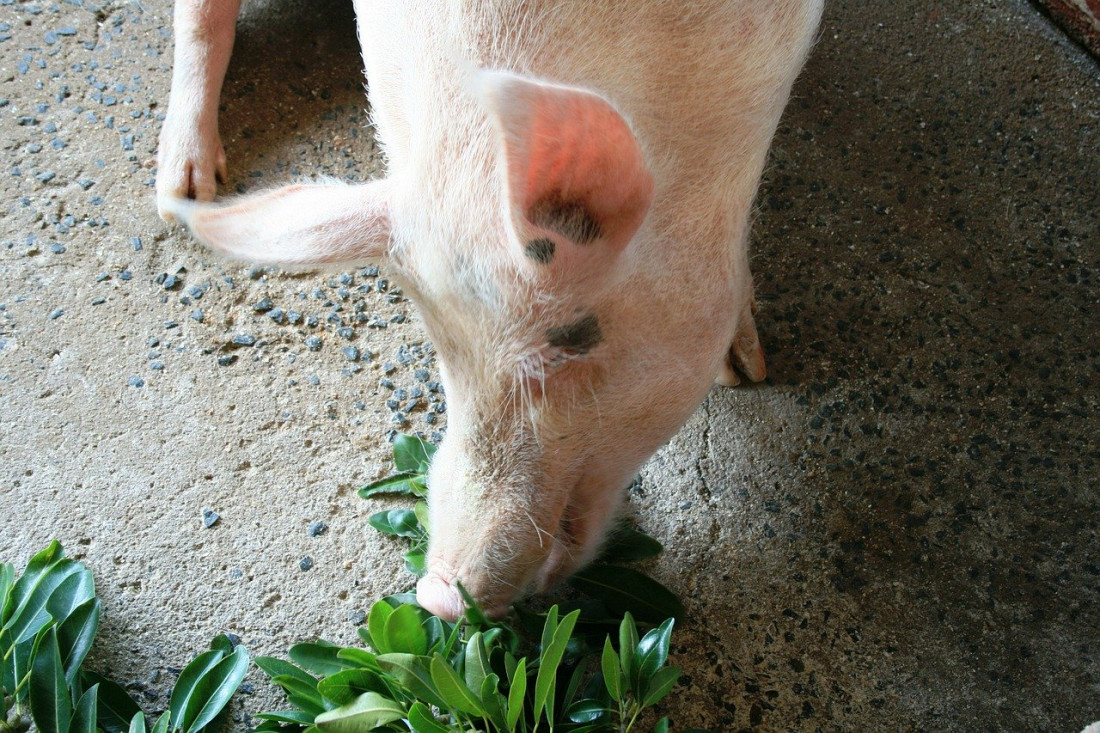For years, monocalcium phosphate manufacturers and traders have been struggling with an unsettled market, that has seen prices rise and fall quicker than a Moroccan miner’s, rock phosphate pick axe.
While global demand means that today’s phosphate extractors are more likely to operate a bucket crane and conveyor belt than a pick axe, it still leaves a lot of guesswork on prices for animal feed producers. Phosphate traders are particularly nervous of the current wave of Al Qaeda attacks in North West Africa, while the UK‘s Foreign Office advises, “against all travel” to parts of Western Sahara, and a “high threat from terrorism in Morocco.”
This is a point raised by the agricultural market analysts at Agribusiness Intelligence, when they state that, “A grand total of 82% of phosphate rock reserves are located in North Africa and the Middle East. The political instability in these regions could lead to disruption in the supply of rock phosphate in the short term and also in the future.” However, they continue, by adding that, “the inherent availability of rock phosphate is not an issue.”
Perhaps more worrying though, for animal feed suppliers and farmers is that the analysts also state, “As there is a predicted expansion in demands for phosphate an important question is whether [problems of supply] accompanied by a ‘peak phosphorus’ event, might occur any time soon.”
Given the strategic importance of rock phosphate, it is unlikely that the G8 would allow ISIS to overthrow the Kingdom of Morocco anytime soon. But there are many other factors for MCP manufacturers to consider when setting their animal feed additive prices.
Naturally, production levels of poultry, pork, beef, milk and eggs, play a significant part in determining phosphate additive prices. Many have noted the growth in meat consumption in the Far East and developing world. For example, the USDA reports that, “China is exhibiting the largest increase in meat consumption at 10.1 million tons by 2025/26, followed by India at 4 million tons.”
This growth is commonly attributed to a richer developing world, as a recent report by business consultants IHS, explains, “Calcium phosphate consumption has been growing in developing countries in part as a result of increased disposable income [leading to] increased consumption of meat.”
This in turn, has led to many animal feed manufacturers to focus on these regions for their growth. China and Brazil, for example make up the heart of feed phosphate production. A fact supported by data from PotashCorp, which states that, “China is the world’s largest producer of feed phosphates accounting for approximately 39% of global production. The US and Brazil follow with approximately 14% and 9% of global production respectively.” This is due in large part to China being, “…the largest consumer of feed phosphates, accounting for 36% of global consumption. North America and South America consume 12% and 15% of global feed phosphate respectively.”
However, while the growing meat markets in China and India are great news for rock phosphate traders, it is Europe’s meat consumption decline that has some animal feed manufacturers worrying. According to IHS, Europe accounts for 26% of the MCP global market, so any fall in meat consumption there is likely to play badly for animal feed manufacturers.
So why then is Phosagro, “one of the world’s leading producers of phosphate-based fertilisers”, whose “core line of business” includes “high-grade phosphate rock (P2O5>35.7%), and also feed phosphates”, be interested in expanding anywhere in Europe?
The reason is that some parts of the continent are showing signs of growing animal feed markets that are bucking other regional trends. For example, Spanish and Portuguese livestock farming is an expanding business, and that can only mean good news for MCP manufacturers located on the Iberian Peninsula.
As a USDA report from October 2016 states, “Spain’s cattle and beef production in 2015 shows a rebound in production after several years following a downward trend. It is mainly due to the strong demand of live animals from third countries such as Lebanon, Libya and Algeria, reasonable feed costs and better profitability margins. Spanish beef exports also experienced strong growth due to competitive prices.”
But the expansion is not only in cattle farming, for as the industry journal Pig Progress explains, “Spain has overtaken Germany as the country with the largest pig herd in the European Union (EU). The Spanish pig sector has grown strongly over the last few years and for now there is no end to this growth.”
While the article continues to state that, “Despite Spain having the most pigs, Germany is the country producing the most pigmeat.” It also gives a reason for the differing figures, explaining that, “Germany’s carcass weight is a lot higher than Spain’s.”
With so many pigs producing much less bacon than other producers, there is a clear demand for animal feed nutrients to increase pork production and profitability.
But there is another reason for Phosagro’s interest in expansion, and that is the belief that phosphate prices are about to increase.
“I believe the [phosphate] market is in the process of bottoming out,” said Phosagro Chief executive Andrey Guryev when explaining the company’s position to the industry journal Agropages. “We might see production curtailments, especially in phosphates, relatively soon and in turn that should drive prices higher.”
With much of the data and analysis pointing to an up-swing in monocalcium phosphate prices, insight like that, from the head of one of the top agrichemical companies in the world, needs to be taken seriously. In fact, shouldn’t Guryev’s opinion, coupled with a growing livestock herd in a mature Iberian market, make every animal feed supplier look to Spain and Portugal for growth?

